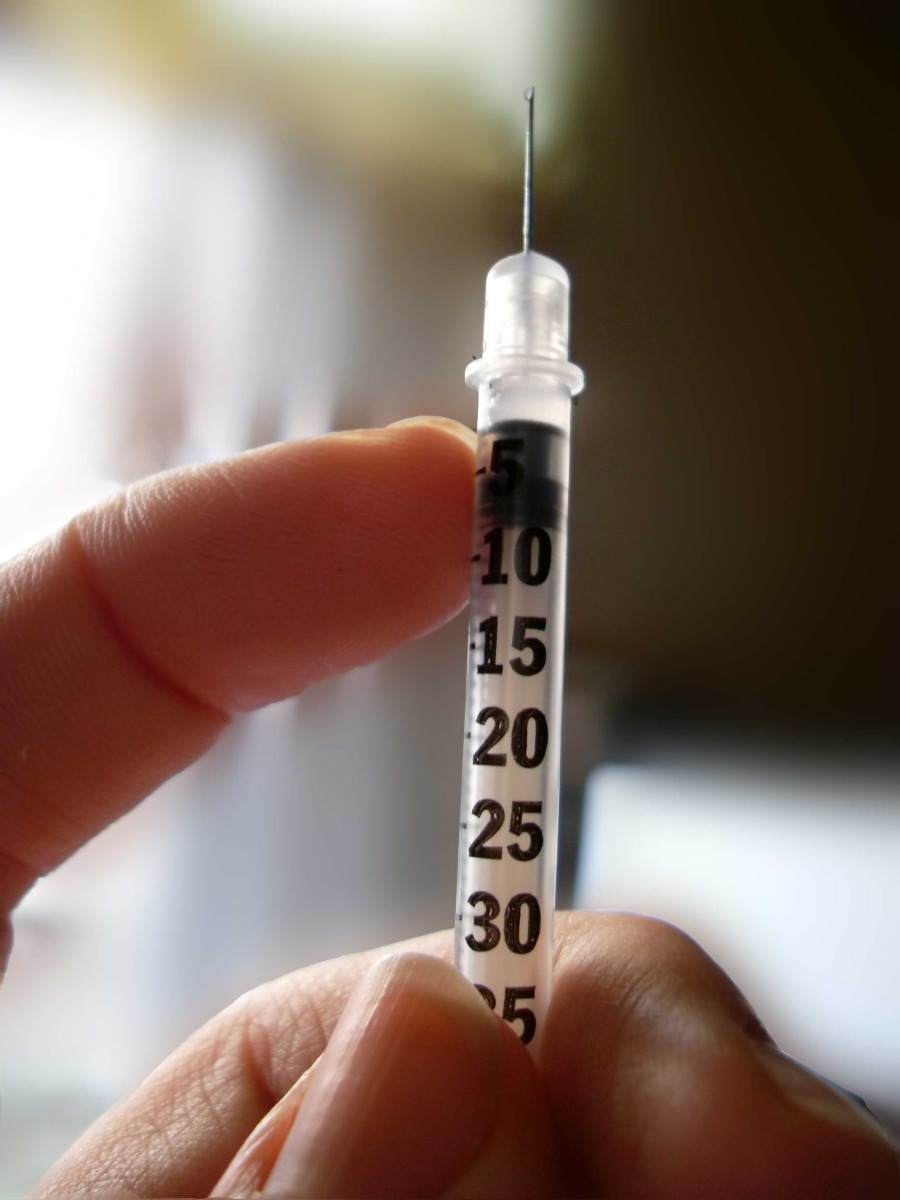Bubble-encased drugs that can be popped open using laser light shone onto the skin are able to deliver controllable, focal pain relief at the press of a button, US scientists have reported this week. 
Pain control is a major post-op priority. Patients regain their mobility much more rapidly, suffer fewer medical complications and leave hospital sooner if they receive optimal pain relief. But many existing analgesics bring with them a host of side effects, including sedation, hallucinations, nausea, bleeding disorders and stomach irritation.
These unpleasant and harmful effects could be reduced if drugs could be programmed to act only where they are needed, rather than more generally around the body which is the current status quo.
Now, writing in PNAS, Harvard scientist Daniel Kohane and his colleagues have taken a step towards building just such an intelligent drug in the form of a pain-killing preparation that can be selectively activated using light of a discrete colour, or wavelength.
The team have packaged a nerve-blocking agent, called tetrodotoxin, into microscope fatty bubbles called liposomes.
Alongside the drug they have also included a light-sensitive molecule called octabutoxyphthalocyaninato-Palladium(II), PdPC(OBu)8. This breaks down when near-infrared light hits it, producing a highly and short-lived reactive form of oxygen that acts as the chemical equivalent of a needle and pops the fatty bubble. This releases the tetrodotoxin cargo, which temporarily shuts down the transmission of impulses up and down the nerve, including pain signals.
Rats that received injections of the fatty bubbles into their sciatic nerves were prevented from feeling pain for more than 13 hours after which normal sensation returned. But at this point, if near-infrared light was shone onto the skin of the animals at the injection site, the pain relief was reactivated for a further 3 hours.
Control animals, that received injections of fatty bubbles containing only the tetrodotoxin drug, did not show this repeat pain blockage with light, while, as expected, rats that were injected only with fatty bubbles devoid of any drug did not show any pain relief.
"This system has many appealing characteristics for treating pain in the post-operative period," the team say. "The initial injection would provide dense analgesia immediately following (or even during) the operative procedure. Subsequently, the patient would be able to trigger local anaesthesia at will."
The team suspect that the initial period of analgesia corresponds to spontaneous rupture of the injected liposomes and release of the drug into the nerve. The secondary, light-induced analgesia, they speculate, occurs through the rupture of intact liposomes still present at the injection site.
Encouragingly, the animals used in the study showed no ill-effects from the approach and there was no obvious tissue damage, either at the site of injection or to the overlying skin that had been illuminated with the near-infrared light.
The researchers suggest that the technique could be readily optimised through the use of different liposome formulations and light intensities to achieve different analgesic profiles suited to different situations.
One downside of the approach is that the tissue penetration of near-infrared light is limited to about 4 centimetres' depth, but there are plenty of nerves much closer to the surface than this. It still also remains to be seen whether the technique will work as well in a human as it does in a rodent...










Comments
Add a comment